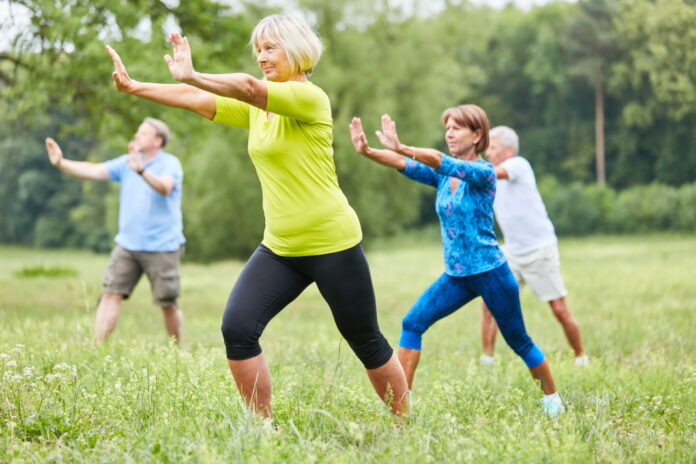
Qigong: Theory, Principles, and Application in Integrative Healthcare Settings
By Hey Soon Jeong PD., L.Ac., Jun Yoon, Jeff Millison M.Ac., L.Ac., Academic Dean of VUIM
- Posture
Posture refers to the physical position of the body. Posture helps to change
consciousness and Qi flow through the body, as well as to improve the physiological process.
Specifically, the position of the spine is very important for posture. This is because the spine
provides the skeletal framework, innervates the organs, relays sensory and motor information
to the brain. It also provides the energetic link for Qi’s flow into the internal organs from
the back of the body. This is why in TCM, channels around the spine are used both diagnostically
and therapeutically. For example, the Du channel flows along the spine. On the other hand, the
Urinary Bladder channel forms two branches that run parallel with the spine. The Back-Shu
(Transporting) points are located on the branch closest to the spine, and they send energy
directly to the major internal organs. Therefore, the position of the spine affects the functioning of the internal organs and circulation of Qi, blood, and fluids in the digestive tract. For example, a flexed rotated posture of the spine can reduce air intake volume in the Lungs and limit breathing capacity, ultimately impacting the channels and even the extremities!
The correct posture with an erect spine helps to strengthen the fascial structure of the
body. This is one of the mechanisms that balance the entire body’s Qi flow and improve chronic
internal organ disorders as well as musculoskeletal and nervous systems by relieving Qi and
blood stagnation and improving biomechanical functioning.
- Movement
Along with posture, repetitive movement affects the circulatory and nervous system
through the free flow of Qi in the channels. For example, the rhythmic contraction and
relaxation of the muscles compresses the capillary and lymphatic vessels. As a result, they
increase the exchanges of nutrients, oxygen for waste products from cellular metabolism.
Repetitive, rhythmic movement of relatively low intensity and frequency facilitate the
free flow of Qi through the channels and collaterals. This movement leads to the balance of Qi
through relaxing the muscle tension. Particularly in TCM, stagnant liver Qi and deficient kidney
Yang Qi can get benefits from this movement. Additionally, these movements also improve the
function of the autonomic nervous system by lowering sympathetic nervous system and
activating parasympathetic nervous system activity. This is why many exercises such as Hua
Tuo’s Five Animal Frolics, Taoist Elixir System, and Taijiquan all emphasize repetitive slow
movements.
- Mindful Visualization
The principle of mindful visualization involves concentration, which refers to a level of
mental attention involved in performing an activity. In TCM, concentration/awareness of the
mind is linked with the concept of Shen. Shen is one of the three treasures – Shen, Qi and Jingwhich are essential for life.
In Qigong, practitioners concentrate mindfully on an imaginary visual. The use of
imagination, or creative visualization, can allow for endurance of intense physical experiences.
For example, firewalking and resistance to cold and other normally harmful stimuli can be
possible temporarily through powerful imaginative states.



































